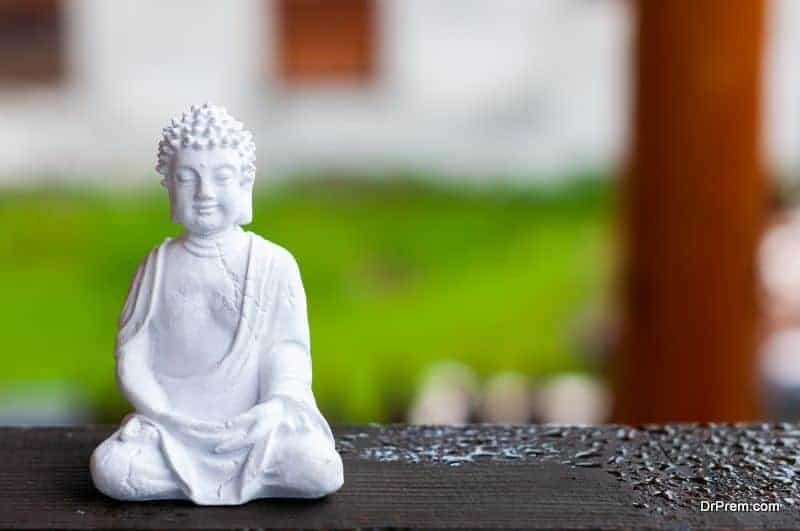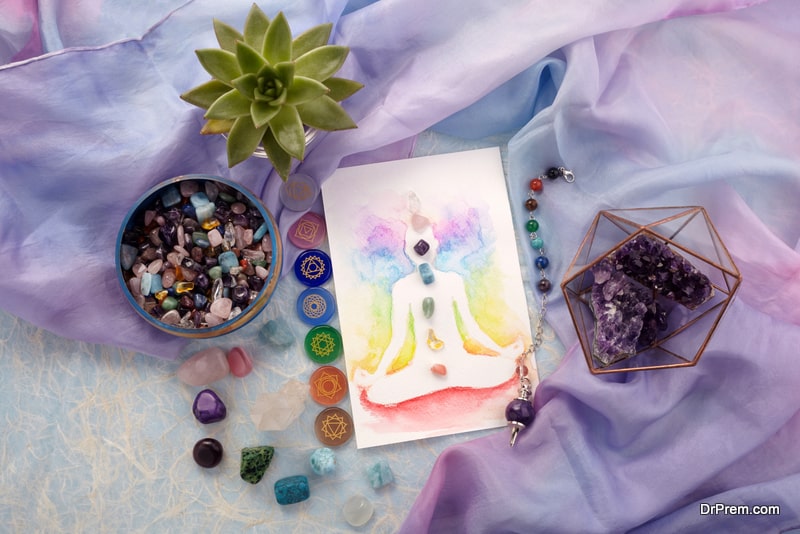While most of the popular yoga styles originated in India and have deep connection with Hinduism, Vipassana is a comparatively newer form of yoga that owes its origin to Buddhism. Also known as Vipasyana, the Vipassana meditation technique allows yogis to perceive the impermanence of worldly things as they focus on pacifying their nerves and developing insight into the three marks of existence. In Tibetan, Vipassana is Ihagthong wherein “Ihag” means “higher” and “thong” means “superior vision”. So, Vipassana, in Tibetan, stands for lucidity or clarity of mind which can be developed through introspection, observation of bodily sensations, analytic meditation and contemplation.
Vipassana Movement
Discovered by Gautama Buddha more than 2500 years ago, Vipassana increases the alertness level in practitioners so that they could re-train their mind’s habit pattern and stop reacting to life. Observing life is more beneficial than reacting to it. With Nirvana being the ultimate goal of Vipassana, the Insight Meditation Movement combines several Theravada Buddhism branches including Thai Forest Tradition and the New Burmese Method. The pioneers of Vipassana Movement include Mahasi Syadaw, Ajahn Chah, Dipa Ma, S.N. Goenka, Sayagyi U Ba Khin, Joseph Goldstein, Tara Brach, Gil Fronsdal, Sharon Salzberg and Jack Kornfield.
The Technique
The scientifically proven Yoga form helps slowing cognitive decline typically associated with aging. Vipassana involves three different types of meditations, which include:
1. Anapana
In Anapana, yogis learn to focus on their respiration. First, they concentrate on nostrils and then eventually, above their lips where they can feel the sensations of the breath. This step helps you be aware of your inner self and make your mind sharper before you learn Vipassana in the coming days. Anapana further allows yogis to observe ever-changing bodily sensations, instead of reacting to them, and eventually purify their souls.
2. Metapana
This level trains practitioners to focus on pleasant sensations and thoughts, which include love, peace and happiness.
3. Sila
In Sila, practitioners learn the moral precepts, covering three parts of the eight-fold path, i.e. right livelihood, right action and right speech. Moreover, they are supposed to follow five precepts at all times – no killing, sexual misconduct, false speech, intoxicants or stealing.
4. Samadhi
Right effort, right awareness and right concentration form the foundation of Samadhi.
5. Panna
Panna helps practitioners realize the impermanence of everything around them. Thus, they learn how not to be attached to impermanent relations, objects and thoughts.








